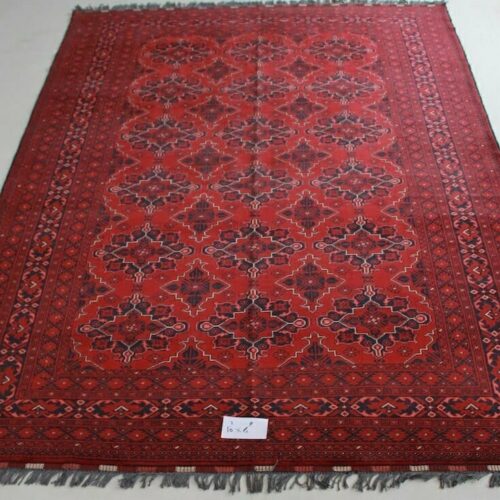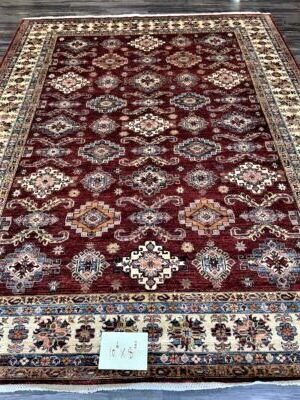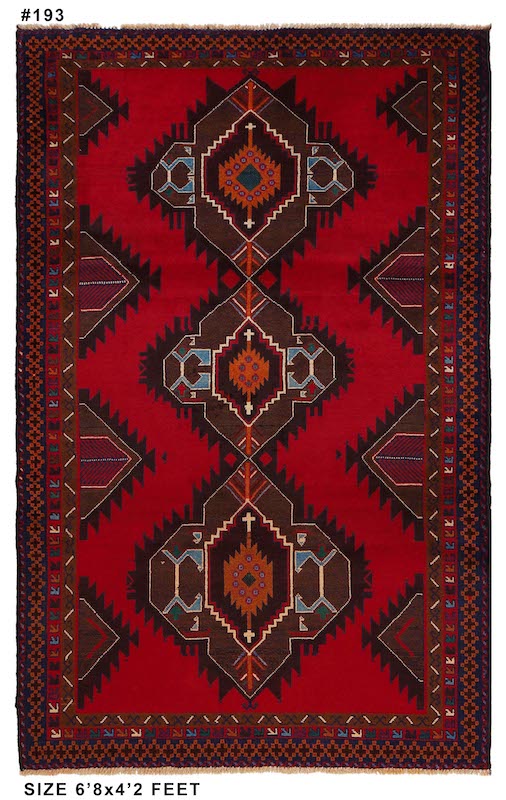Web & Mobile
Nulla quis lorem ut libero malesuada feugiat. Quisque velit nisi, pretium.
UX design
Nulla porttitor accumsan tincidunt. Cras ultricies ligula sed magna dictum.
Video production
Curabitur aliquet quam id dui posuere blandit. Nulla quis lorem ut libero malesuada.
Digital marketing
Donec sollicitudin molestie malesuada. Mauris blandit aliquet elit.

We are a full-service digital company
Egestas et in facilisis viverra et interdum.
Nibh enim in purus at habitant. Vitae tortor volutpat aliquam eget nunc sagittis. Viverra odio amet, diam.
Euismod ipsum pellentesque sit nullam. Imperdiet fermentum justo.
Our downloadable digital products

Handmade Afghan Baluchi Wool Rug 7×4 – Dark Tribal Area Rug SF – Vintage Boho Rug – Washable & Durable Wool Rug Description: Elevate your home decor with this exquisite Handmade Afghan Baluchi Wool Rug. Crafted by skilled artisans using 100% wool, this durable and washable rug features striking tribal motifs in deep, earthy tones. Perfect for high-traffic areas, this rug offers luxury at an affordable price while adding character to any space.






































